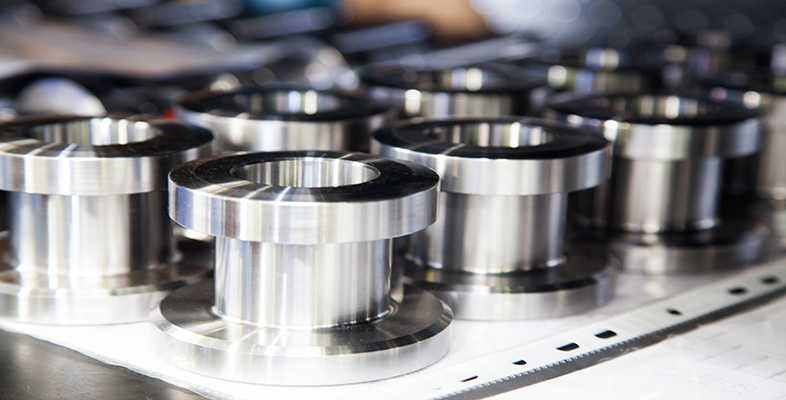7.12 Concluding remarks
A bewildering number of surface engineering techniques is available to the modern engineer. How do you decide on the correct process for your particular application? Essentially, an iterative process is required where the application is defined, the properties required are established, the mechanical design of the coating is performed and the correct materials are selected for the required properties. The substrate and interface and surface all need to be engineered to the correct specification, and then finally, the component is coated and the performance evaluated. If you have made the correct choices from the correct specification the final product should be successful.
As you have seen in this part, surface engineering plays an important part in improving the performance of products that are used in your everyday life. Recently, razor blades have become available that use DLC coatings to improve their shaving performance using two mechanisms: reducing the friction coefficient between the skin and the blade and increasing the hardness of the blade edge. These are purposeful choices to engineer the surface of a material to gain a large increase in performance. Surface engineering is an exciting application of technology: look out for its influence next time you choose to buy a product.
SAQ 11
-
What are the advantages of surface engineering a product rather than finding an alternative material? (Use an example from this section to help).
-
Why are ceramics often used as wear-resistant surface coatings for metals? (Look at the data in Appendix 1).
Answer
-
Often an alternative material may not have the necessary property profile (set of properties) required at an acceptable cost. So using stainless steel for car bodies, although possible, is too expensive. Ceramic knives can be made, but they cost far more (at least six times more) than their surface-engineered equivalents.
-
Ceramics are generally much harder than metals, so by engineering a ceramic layer onto a metal's surface, a hard, wear-resistant layer is produced. Bulk ceramics are often too brittle to be used by themselves.
